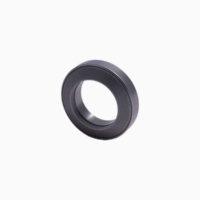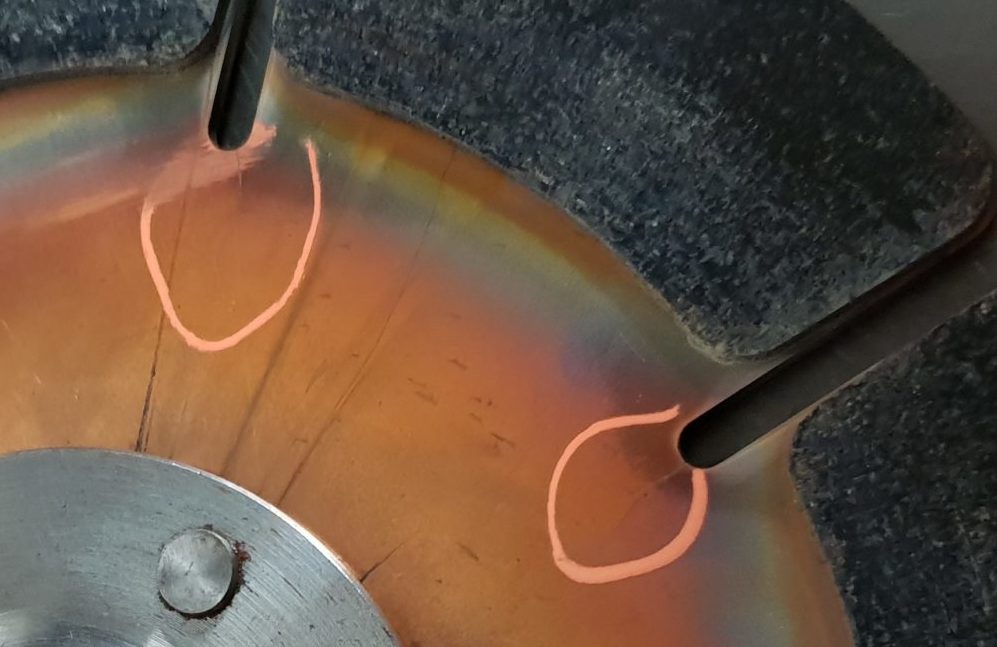We are always adding to our FAQ section however if you do not see the answer to your question please email any queries that you have.
Competition or Race Clutches often get a bad reputation for being hard to use, snatchy or on/off like a switch, although this can be the case for certain brands of clutch, it doesn’t have to be like this with a PowerTrain Technology Clutch.
There are several key aspects to achieving an optimised clutch installation;
- Friction material choice – PTT use propriety blends unique to them to ensure the best operating characteristics. The most popular is a Sintered Bronze Metallic material which is micro finished to ensure a virtually zero bed in procedure, this extends service life and improves drivability.
- Clutch pedal travel – This is a vital area often overlooked. It is critical to match the available pedal travel to the required clutch release travel, if only a small amount of pedal travel is used any clutch will be very difficult to modulate and control, road car manufacturers concentrate on matching pedal travel to actual clutch release travel and there is no reason why you shouldn’t be able to do the same in your race car.
- Spring choice – Another area that we pay close attention to and will always specify a clutch spring for the specific installation it will be used in, rather than just supplying you with a default option off the shelf as so many other manufacturers seem to do. A well matched spring rate not only reduces wear on the engine thrust bearing, but reduces driver fatigue and helps to improve the overall control of the clutch. We have 9 spring rates, and 2 pressure plate ratios to chose from.
It can be thought of as the last part of the release mechanism, but must not be overlooked as it plays more than one important role here.
The bearing (or HRB) makes contact with the clutch fingers when the clutch release mechanism is operated, the bearing face must allow for a fulcrum point to be generated so that the clutch fingers can pivot around this point. The PowerTrain Technology bearing is designed to optimise the clutch finger geometry ensuring that force is applied to the end of the fingers which maximises the lever effect and reduces the release load required, this not only helps the drivers left leg, but also the crank thrust bearing.
Other round nose (NOT flat) release bearings can be used, but by increasing the contact point diameter above the recommended 42mm (as per PTT bearing) the release load is increased and modulation is reduced which are both negative effects to clutch use.
Our bearing is extremely high quality and is designed to run down and stop between clutch actuations, this reduces parasitic drag, only high quality bearings can cope with this workload.
A standard OE bearing will need to be in constant contact with the clutch to ensure it is kept rotating at engine speed, this allows OEM’s to reduce the quality and cost of their bearings, it takes a high quality bearing to live with being accelerated from stationary to full engine RPM in a split second, but our bearing can do this.

It is possible to read a clutch like good engine builders can read a spark plug.
By looking at differing clutch trauma we can tell you about the state of tune of your engine, (too lean, ignition advanced too far, pre-ignition, detonation, etc.)
Keyhole fracturing is a function of detonation and sometimes to a lesser extent pre-ignition.
Picture the friction paddle as being one mass that is separated from the other five (or seven) friction masses by an expansion slot, the slot is a thermal necessity as without the slot the disc will warp up immediately from thermal exposure.
When the engine pre-ignites the combustion charge, instead of nice controlled combustion chamber pressure increase, you get a bang which is a pressure spike that can sometimes happen before TDC.
Picture in your mind this rapid increase in combustion pressure as being equal to hitting the top of the piston with a sledge hammer.
This rapid increase in pressure is harmful to all components in the engine and driveline.
When the pre-ignition happens slightly before TDC there is a harmful reversal in rotation that is imparted to the crank.
The way that the clutch disc reacts to this nano-reversal is the mass of the paddles try to go backwards instead of forwards momentarily, the mass of each of the six (or eight) paddles stretches the disc core material at the base of the keyhole causing it to fracture.
We can advise with a high level of confidence, that a clutch disc which has suffered keyhole fractures has been caused by an engine running with a pre-ignition or detonation problem, and if this problem is resolved not only will the clutch discs last longer but the life of many other components within the engine and driveline will be extended.
Competition engines are often far closer to the edge of safe running/tuning than many owners/drivers appreciate, and a change of fuel or even weather can often be enough for these high output engines to run into issues as described here.

Every time you slip a clutch, the friction surfaces are generating heat.
You should make every effect to preserve your racing clutch by keeping the heat build up to an absolute minimum, prolonged pull aways where the clutch is being slipped should be avoided and certainly never drive your car onto a trailer as this can be enough to overheat it and cause damage.
A true racing start, where revs are raised and the clutch is engaged smoothly but quickly is less damaging to the clutch then a prolonged period of slipping the clutch in order to pull away.
Remember, heat is a racing clutches mortal enemy!
A critical element to the final setup of a competition clutch is the clutch pedal stop, this is required to ensure that the clutch diaphragm fingers are not over operated, if this does occur the clutch can be damaged and will require a full inspection and potentially a re-build.
In general, we would recommend using the smallest Master Cylinder size available (typically .625″), the smaller the cylinder bore, the more mechanical advantage gained and consequently less pedal effort required to operate the clutch.
Our competition clutches require only a small amount of travel to disengage, therefore a small bore master cylinder which moves less fluid will be better matched to this installation, it will give improved modulation and control of the clutch around it’s biting point.
